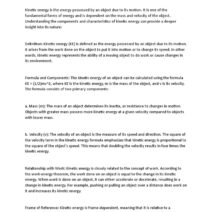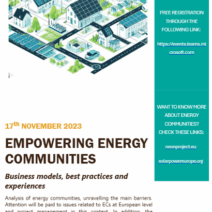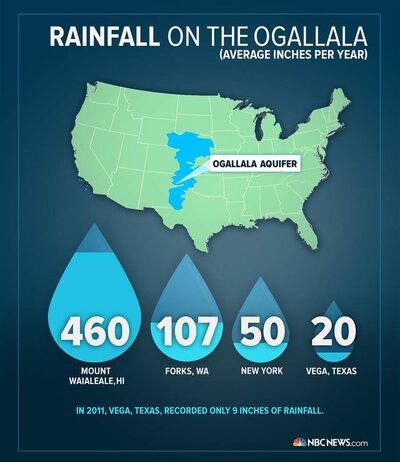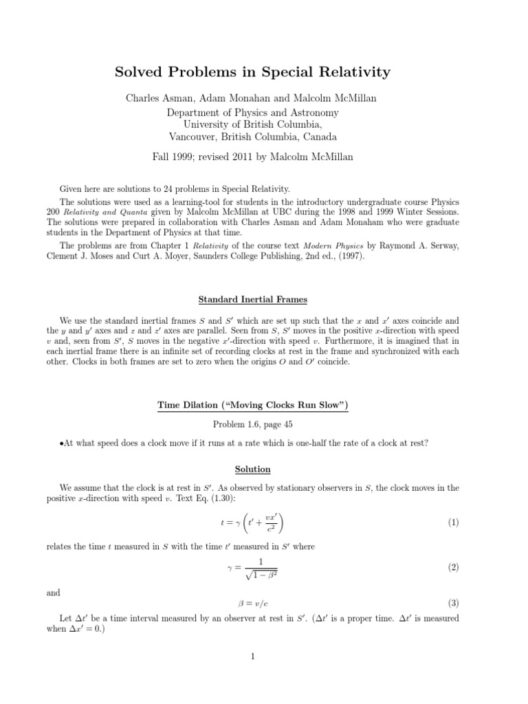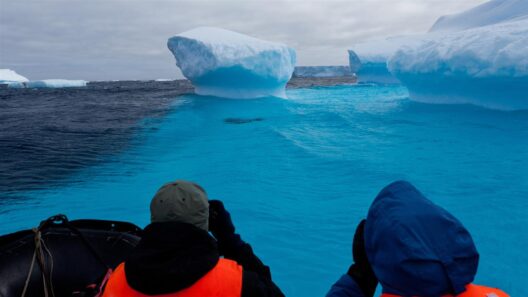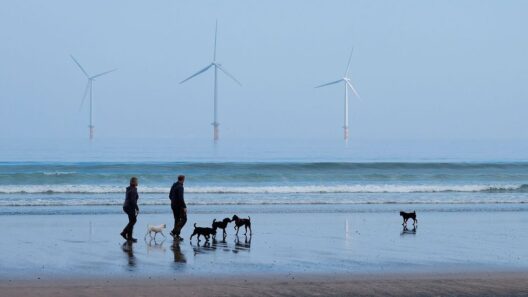The Ogallala Aquifer, a vast underground reservoir of groundwater situated beneath the Great Plains of North America, plays a critical role in agricultural productivity and regional water supply. However, as climate change intensifies, the interplay between this aquifer and global warming warrants a closer examination. Effectively, the aquifer’s health and sustainability are inextricably linked to the broader challenges posed by climate change.
First, understanding the Ogallala Aquifer’s significance is necessary to grasp its relationship with climate change. Spanning eight states, the aquifer provides vital irrigation support for approximately 20% of the nation’s irrigated farmland. This resource supplies water to agriculture in arid and semi-arid regions, where rainfall alone cannot sustain crop growth. Historically, it has enabled the flourishing of a robust agricultural economy, ensuring food security on both local and national scales.
However, the escalating phenomenon of global warming presents myriad challenges that jeopardize the equilibrium of this precious water resource. As temperatures rise, the effects of climate change intensify. One of the primary concerns is the alteration of precipitation patterns. Regions fed by the Ogallala Aquifer may experience shifts in rainfall distribution, leading to prolonged droughts or unexpected flooding. Such fluctuations can exacerbate stress on the aquifer, as farmers may increasingly rely on groundwater in times of lessened surface water availability.
Drought, a byproduct of climate change, has become a recurrent theme across various parts of the Great Plains. The diminished water levels within the aquifer not only endanger crop production but also reshape water tables and affect ecosystems reliant on these groundwater supplies. Farmers might extract more water in an attempt to maintain their yields, further straining an already stressed aquifer. This over-extraction leads to a vicious cycle: lower water levels necessitate more extraction, and the compounding effects aggregate long-term depletion.
Moreover, the increase in average temperatures due to climate change contributes to heightened evaporation rates. This phenomenon reduces the amount of water that ultimately returns to the aquifer—a crucial aspect of natural replenishment. As the climate warms, increased evaporation from soil and surface water becomes a significant factor in exacerbating drought conditions. The feedback loop between higher temperatures, increased evaporation, and water scarcity underscores the vulnerability of the Ogallala Aquifer amid global warming.
Aside from direct climatic impacts, the Ogallala Aquifer’s predicament is also intertwined with land-use changes spurred by climate issues. In an era of increasing global food demand and fluctuating market prices, intensive farming practices are often employed to maximize yields. This intensification frequently leads to over-reliance on the aquifer. As climate change shifts crop viability zones, farmers may be compelled to cultivate crops in less suitable conditions, further taxing surface and groundwater resources.
Furthermore, the socio-economic dimension of the Ogallala Aquifer’s relationship with climate change merits consideration. Many communities across the Great Plains depend on the aquifer for drinking water and agricultural production. Declining water resources can precipitate not only economic instability but also social unrest. Rural populations may face diminishing agricultural revenues, leading to migratory pressures as individuals seek more viable livelihoods elsewhere.
Notably, the Ogallala Aquifer is intricately connected to terrestrial ecosystems. Riparian zones, wetlands, and biodiversity depend on adequate groundwater levels. Should the aquifer face critical depletion, entire ecosystems could collapse. The loss of these natural systems, in turn, contributes to soil degradation and further undermines agricultural productivity. This interplay highlights the multifaceted consequences of neglecting the aquifer’s sustainability in the face of a warming climate.
Addressing the connection between the Ogallala Aquifer and global warming compels a multifaceted response. Implementing sustainable agricultural practices such as precision irrigation, crop diversification, and soil health improvement can enhance water efficiency and mitigate overall usage. Additionally, investing in infrastructure to capture and utilize rainwater more effectively could help bolster declining groundwater levels.
Policy reforms that incentivize sustainable water use are also critical. An integrative approach considering ecological, social, and economic factors will ensure that both the aquifer and the communities it supports remain viable. As climate impacts accelerate, adaptation strategies must prioritize water conservation to sustain the Ogallala Aquifer for future generations.
In conclusion, the relationship between the Ogallala Aquifer and global warming exemplifies a complex tapestry woven from environmental, agricultural, and socio-economic threads. Understanding and addressing this connection is crucial not only for the future of agriculture in the Great Plains but also for the resilience of ecosystems and communities dependent on this vital resource. There is an urgent need for proactive measures and policies that address the anthropogenic factors contributing to climate change while ensuring that the Ogallala Aquifer remains a reliable water source amid a rapidly changing climate. The intersection of climate change and the health of the Ogallala Aquifer is, ultimately, a reflection of our commitment to sustainability and environmental stewardship.
